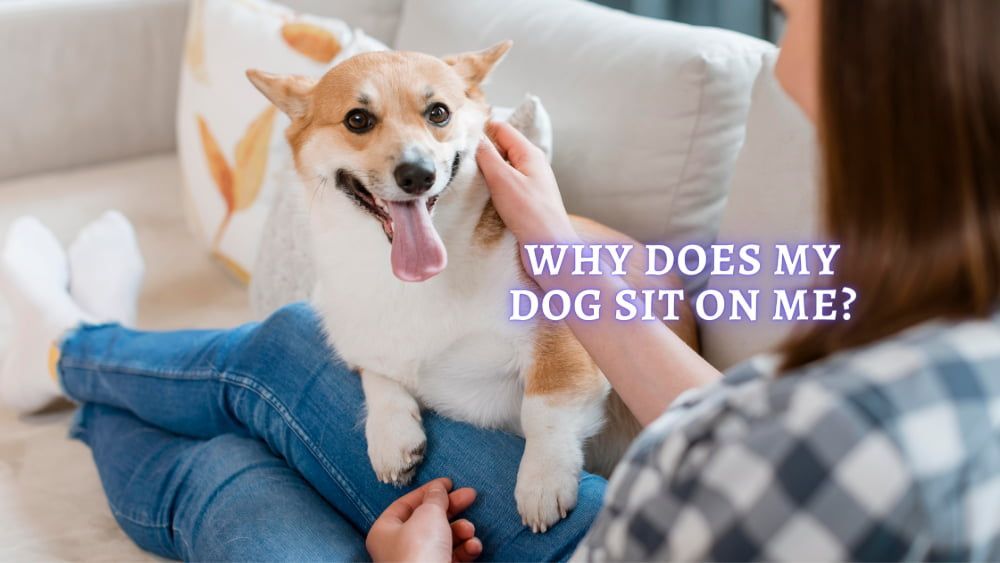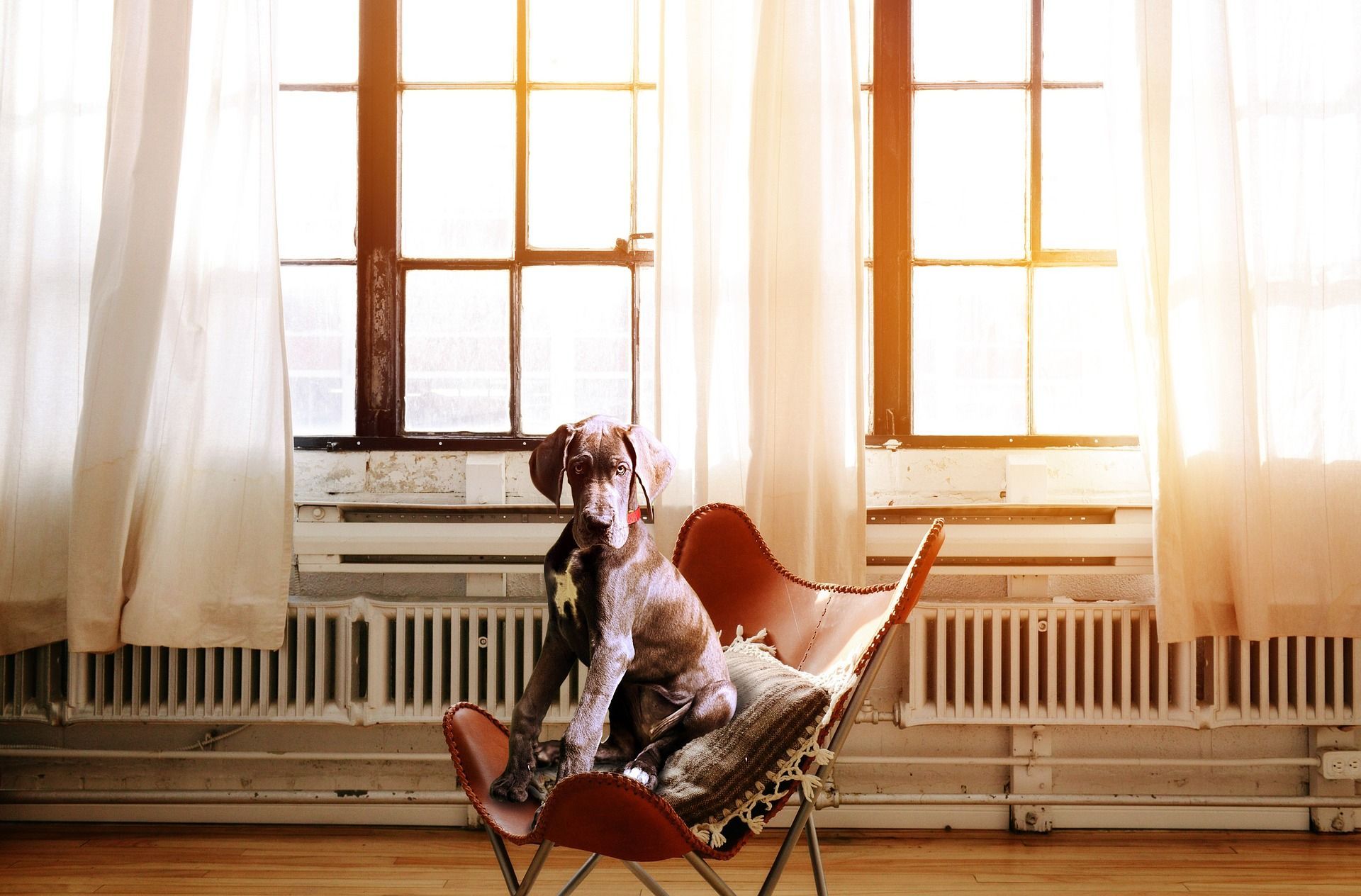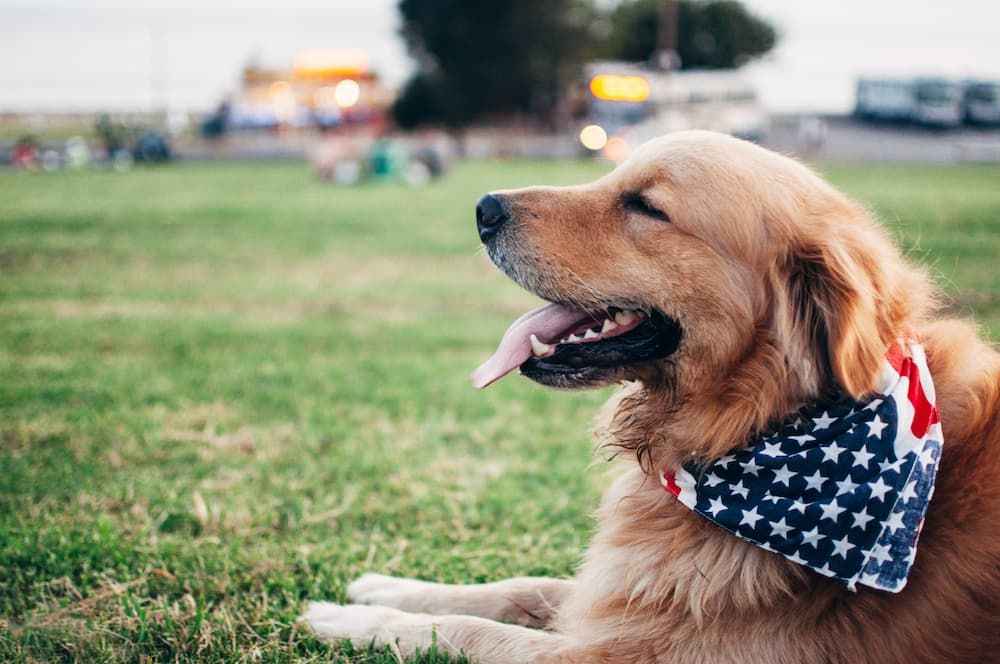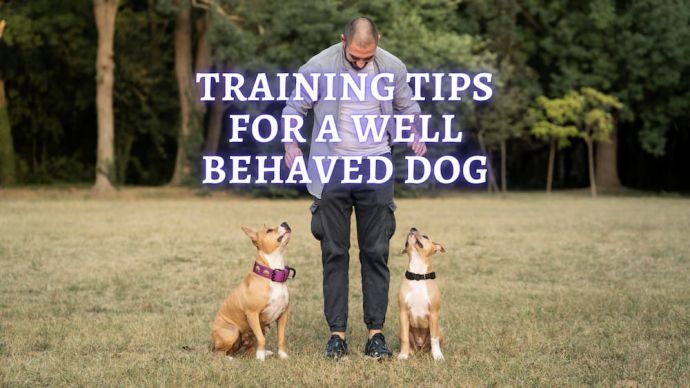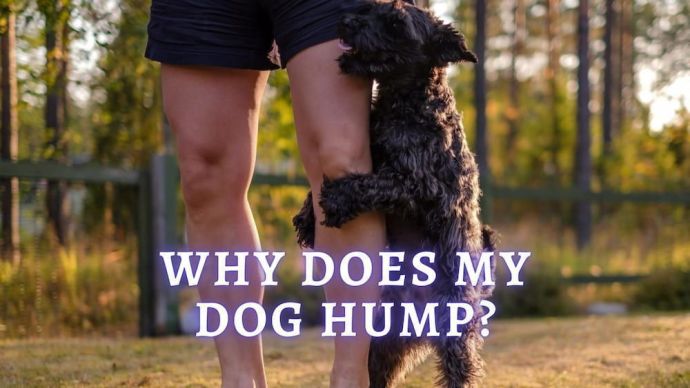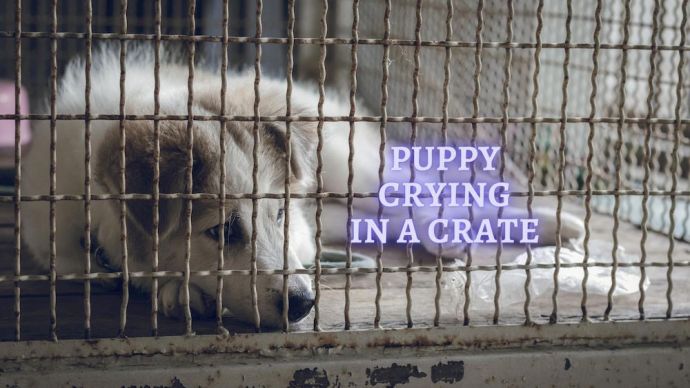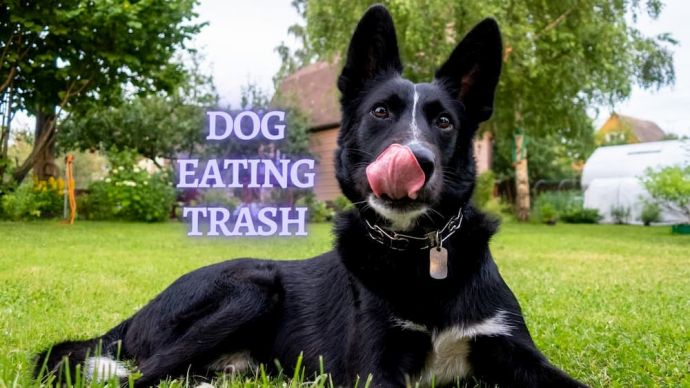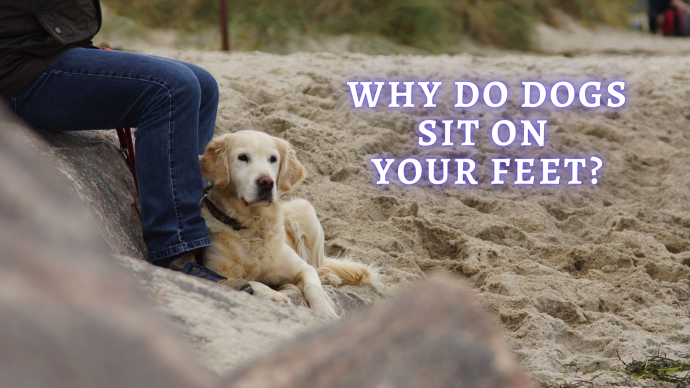Why Does My Dog Sit on Me: Reasons Why Dog is Sitting on You (Explained by Dog Trainer)
Written by:
Author: Alex Oldenburg
Certified Professional Dog Trainer (CPDT-KA) and the owner of MESSY Dog Training, Alex offering solutions to help owners and their dogs live in harmony. Alex has been training dogs for over a decade and loves solving behavior problems based on fear and anxiety, reactivity, and helping with the basics of obedience and household manners!
View all 5 articlesLearn about our editorial process and veterinary review board.
Viewed: 262
Updated on: 01/04/2023
There are many possible reasons why dogs may sit on you. Some of these reasons are founded in the bond you and your dog may share, while other causes are less obvious.
Once you’ve determined why your dog is sitting on you, you can decide if it is an action you want to allow them to continue. In many cases, letting your pup sit on you is harmless.
Reasons Why Your Dog is Sitting on You
1. They are seeking attention
Your dog could be sitting on you because they are seeking attention. This is often the case if your four-legged friend enjoys close physical contact, especially if you have been rewarded with sitting on your lap.
For dogs that crave human attention, just being petted by you is often enough to reward to encourage them to continue this action.
Sometimes, your pet can even desire any attention you give, whether inviting or not. When they need more attention, they may feel rewarded by your attention, even when you are pushing them away.
If you don’t want your pet to sit on you for attention, then it’s essential to offer them the attention they need at other points throughout the day. Spending time cuddling, hiking, or training together can all be ways that you can give the attention they need.
You can also train dogs to do something different instead of sitting on you, such as sitting next to you or on their own bed, in exchange for the attention they crave.
2. It’s a part of their breed
Several breeds are known for their desire to sit on laps. This breed trait isn’t restricted based on size, either — even the large Great Danes are known for backing up to a person sitting in a chair to plop their rear end in a lap.
Many smaller breeds, especially those bred for companionship, also enjoy snuggling in a lap. After all, breeds such as the Cavalier King Charles Spaniel were bred specifically to keep company to royalty!
You can often find out if sitting in laps is a breed trait by researching the history of the breed and talking to other owners.
If you know your dog’s lineage, you can check with the owners of pets related to yours to see if sitting in laps is a trait common in their ancestry, too.
While you can’t change your dog’s genetics, you can train it to do an alternate behavior, such as sit on its own bed or on a blanket next to you if you don’t want anyone sitting in your lap.
3. Seeking reassurance
If your dog is anxious or worried about something, it may come and sit in your lap to feel secure and safe.
It’s OK to comfort your dog at this time. An unfortunate myth in dog training is that you will reinforce their fear if you comfort a scared pup.
However, you can only reinforce behavior — not emotion. The unconscious act of behaving fearfully [1] cannot be rewarded and encouraged. Instead, comforting fearful pups will help them feel more secure and help decrease their fear in the future.
They might be anxious or worried about thunderstorms, fireworks, noises they can’t hear, an event that happened, or even generalized anxiety.
Comforting your pet is the best thing you can do when you have them sitting in your lap for comfort.
For severe fear and anxiety, seeking the help of a Board Certified Veterinary Behaviorist [2] who can assist you in behavior modification as well as prescribe any necessary medications is often the best route to success.
READ MORE: How Old My Puppy is?
Dominance Isn’t the Reason Your Pup Sits On You!
Many places that are not well-educated on behavior may note dominance as the reason for sitting on you. However, a pervasive myth continues to hold the dog community hostage.
The idea that canines have an alpha, and focus their lives on being the dominant one, was derived from studies on wolves.
However, even the original researchers who noted this phenomenon in wolves have since realized it was an error in their studies and that wolves do not fight over dominance and have a strict alpha-beta structure.
“Rather than viewing a wolf pack as a group of animals organized with a ‘top dog’ that fought its way to the top, or a male-female pair of such aggressive wolves, science has come to understand that most wolf packs are merely family groups formed exactly the same way as human families are formed.” [3]
Notes one of researchers, David Mech, in the 2008 publication of International.
In the article, David Mech also notes that,
“The issue is not merely one of semantics or political correctness. It is one of biological correctness such that the term we use for breeding wolves accurately captures the biological and social role of the animals.”
You can find even more information on how dominance in dog behavior is a myth that should be allowed to die by visiting the Association of Professional Dog Trainer’s website.[4]
When you are trying to find the answer to “why does my dog sit on me?”, it’s best to remember that the simplest explanation — such as they sit on you because they enjoy your company — is often the correct explanation.
READ MORE: Best Dog Muzzles Review
Should I Allow My Dog to Sit on Me?
In short, the answer is up to you. If dogs aren’t guarding people from others, growling or posturing when they approach, and are simply sitting on a lap to seek attention or reassurance, then it’s perfectly acceptable to allow them to continue to sit in your lap.
You don’t have to allow this behavior if you would prefer your dog to do something else, but it isn’t causing any harm.
If you do find your dog displaying resource guarding behaviors, with growling and snapping, then it’s often best not to allow your pet to sit on your lap.
However, the pathway to this result is much more nuanced than simply pushing your dog away when they growl. In fact, that response may earn you a bite.
Make sure to keep yourself safe in the case of growling dogs by contacting a professional. You can find local professionals (or those willing to work with you virtually) by visiting these websites:
- The Certification Council for Professional Dog Trainers
- The International Association of Animal Behavior Consultants
- The Academy for Dog Trainers
- Karen Pryor Academy
Growling dogs aren’t bad, but this is an indication they may bite if the situation escalates. This is why it’s important to find a professional who can help you safely work with aggressive dogs if yours is growling or displaying other aggressive behavior.
If your dog is calmly enjoying their time on your lap, however, you are more than welcome to enjoy the time together without worry.
READ MORE: Possessive Aggression in Dogs
Article Sources:
- Overskeid, Geir. “The Role of Emotions in Reinforcement: Response Selection in Humans.” The Psychological Record, 29 May 2017, link.springer.com/article/10.1007/BF03395792.
- “Find Certified Behaviorist.” American College of Veterinary Behaviorists (ACVB), dacvb.org/search/custom.asp?id=4709.
- Mech, David. “Whatever Happened to the Term ‘Alpha Wolf ’?” International Wolf , wolf.org/wp-content/uploads/2013/12/winter2008.pdf.
- “Dominance and Dog Training.” The Association of Professional Dog Trainers, 1 May 2021, apdt.com/resource-center/dominance-and-dog-training/.
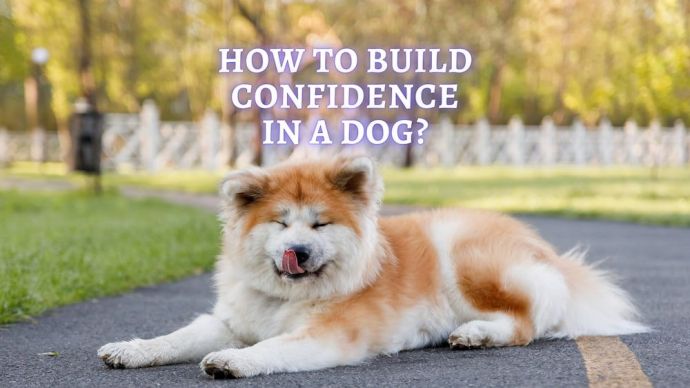 Dog Training How to Build Confidence in a Dog: 8 Ways To Improve Your Dog’s Confidence
Dog Training How to Build Confidence in a Dog: 8 Ways To Improve Your Dog’s Confidence - 105
- 0
 Dog Veterinary Tips Why is my Dog throwing up: Causes and Preventing (Veterinary Advice)
Dog Veterinary Tips Why is my Dog throwing up: Causes and Preventing (Veterinary Advice) - 23424
- 5
 Dog Care Why Is My Dog Bleeding From Its Butt? Causes and treatment of rectal bleeding in the dog
Dog Care Why Is My Dog Bleeding From Its Butt? Causes and treatment of rectal bleeding in the dog - 22076
- 0
 Dog Care My Dog Keeps Scratching His Mouth: Reasons Why Your Dog Scratching Face
Dog Care My Dog Keeps Scratching His Mouth: Reasons Why Your Dog Scratching Face - 17561
- 1









